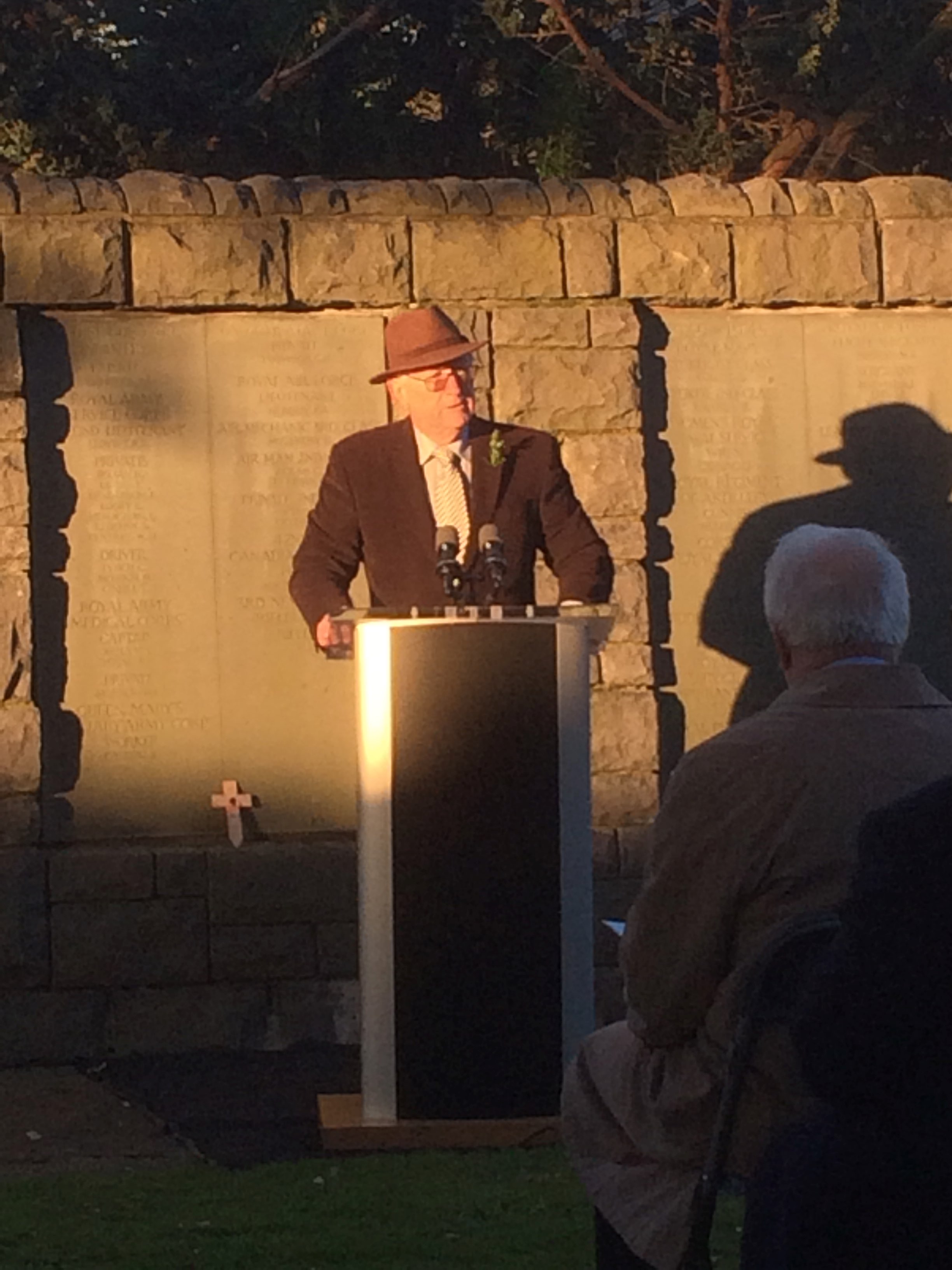June 7 marks the centenary of the Battle of Messines, a battle in which Anzacs and Irishmen fought alongside each other.
Messines was a battle that promised hope on many levels: it was a battle well planned and well executed, one designed to minimise casualties, and a battle which had a successful outcome, up to then a rare occurrence for the Allies after 1914. A new dawn beckoned. No longer were men to be marched willy-nilly and unprotected into the uncut wire, the machine guns and the artillery barrages of the enemy – or so it was hoped.
Messines also engendered a new hope for Ireland in that the battle saw the men of the nationalist 16th (Irish) Division and the unionist 36th (Ulster) Division, divided by the politics of home, united in common cause abroad. After the two divisions together took the village of Wytschaete Irish Party MP Stephen Gwynn wrote, “The shoulder to shoulder advance of the two Irish divisions caught everyone’s imagination: it was Ireland’s day”.
The spirit of the new dawn was sealed sacrificially with the death of Major William (Willie) Redmond of the 16th Division, brother of Irish Party leader John Redmond. The night before the battle Willie had prayed “for the consummation of peace between North and South”. Shortly after leaving the trenches he was cut down. A soldier of the 36th Division found him on the battlefield and carried him back towards division’s Field Ambulance, where that evening he died. At his graveside in the garden of the nearby convent at Locre, soldiers of the 16th and 36th Divisions formed a guard of honour.
Redmond was well known in Australia. He had visited many times and had married an Australian wife. The esteem in which he was held is evidenced by the large number of Australian soldiers who visited his grave at Locre, signing the convent’s visitors’ book.
But the new dawn promised by Messines proved to be a chimera – a false dawn. The cruel reality is that war once begun is not amenable to fragile human hopes. That reality asserted itself a few weeks later at Passchendaele, where Anzacs and Irishmen were needlessly slaughtered and the divisions between the North and South in Ireland reasserted themselves.
At the 2017 Anzac Day dawn service at Dublin’s Grangegorman Military Cemetery I spoke about Messines and Passchendaele and of the death of Willie Redmond. The address can be read here.

